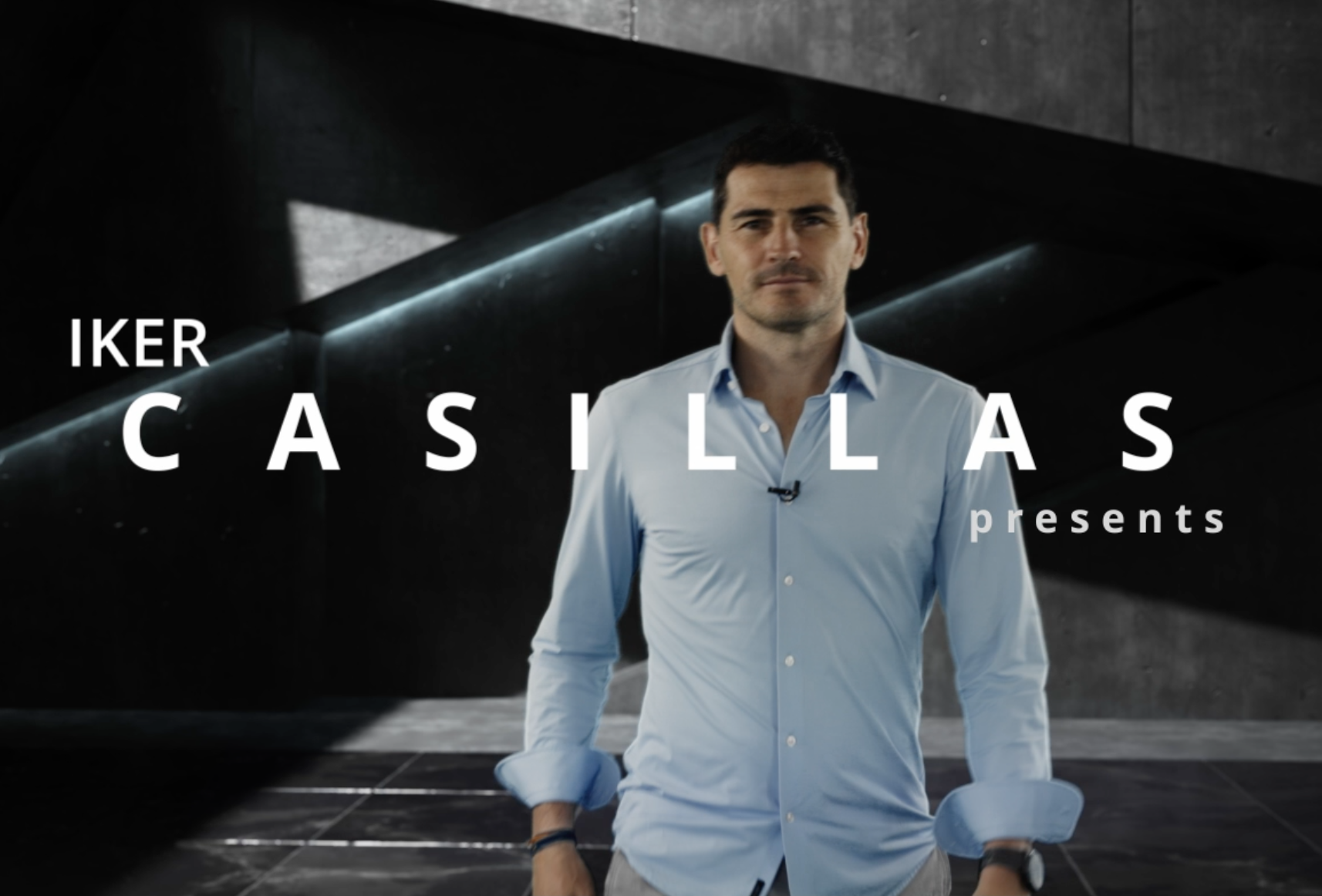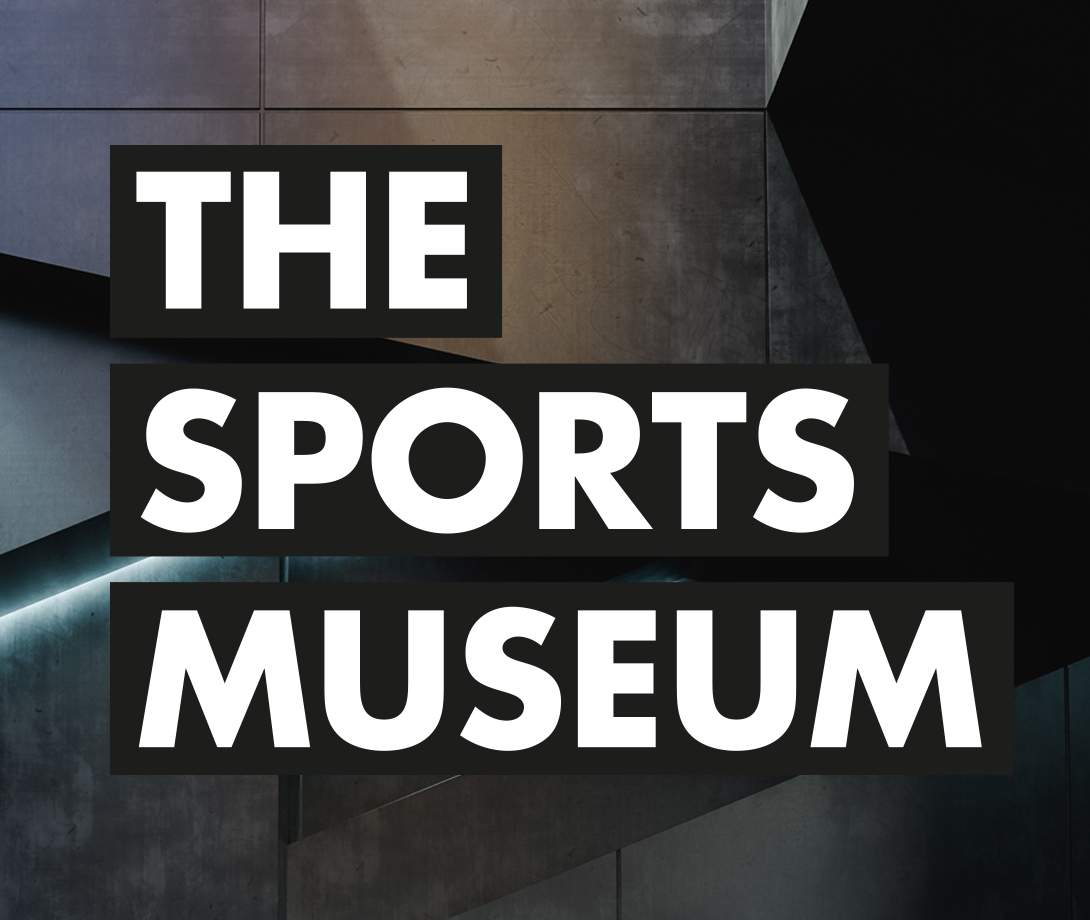LEGENDARY SPORT NFTs
Are you ready to own a piece of sports history? The Sports Museum's marketplace is now offering revenue participation NFTs, NFTs that share in sports documentaries and NFTs for sports legends and legendary items.
IKER CASILLAS
Curator

Take part
Attention sports fans! Are you ready to own a piece of history? The Sports Museum's marketplace is now offering NFTs from sports legends that you can purchase, own, collect and trade with other fans from around the world.
Frequently asked questions
What is The Sports Museum?
The Sports Museum is a marketplace that offers revenue participation NFTs, NFTs that share in sports documentaries and NFTs for sports legends and legendary items. Users can browse The Sports Museum marketplace for purchasing these items. The items reside on the blockchain and are stored in your wallet when you purchase them.
How can I start using The Sports Museum?
- Register on the website.
- Set up your crypto wallet.
- Browse The Sports Museum marketplace for NFTs that appeal to you.
- Follow the prompts to buy the desired NFTs.
- The NFTs are delivered to your crypto wallet..
What is an NFT?
NFT stands for Non-fungible token.
Think of an NFT as a digital stamp of ownership used to confirm the authenticity of a unique item. At the moment that stamp is recorded (tokenized) on a secure public database (blockchain), the stamp becomes verified as one of a kind and cannot be modified or copied.
An item is fungible if it can easily be exchanged or substituted and maintain its same value. A dollar bill is an example of a fungible item because it can be replaced or exchanged for 4 quarters (or another one dollar bill) and still retain the same exact value. Other fungible items include:
- Gold
- Bitcoin or other crypto currencies
- Casino chips
An item is non-fungible if it cannot be substituted because it has unique qualities that make it different from other similar items. While many NFTs are digital, they can be used to verify the authenticity of real-world items too. Examples include:
- Event tickets
- Photography
- Collectibles like trading cards
- Music
- Digital art
- Virtual items like video game skins and avatars
- Tangible assets like real estate, cars, and even clothing
It is that publicly verifiable ownership that makes NFTs valuable because it allows them to be easily and securely traded or sold and allows for a variety of additional uses like:
- Unlock owner benefits like exclusive access to an event or an experience
- Artist/creator royalties
- Chain of custody verification, eliminating ticketing fraud
What is minting/tokenizing an NFT?
The process of registering an item as a token on the blockchain. The minting adds a permanent stamp of authenticity and uniqueness. Similar to the way that physical metal coins are minted and added into circulation, NFTs are also tokens that get “minted” once they are created.
The minting process also ads key elements of value, the unchangeable rules by which that token will function in the form of a smart contract and the chain of ownership. Once a token is minted, it can no longer be altered.
What is The Sports Museum?
The Sports Museum is a marketplace that offers revenue participation NFTs, NFTs that share in sports documentaries and NFTs for sports legends and legendary items. Users can browse The Sports Museum marketplace for purchasing these items. The items reside on the blockchain and are stored in your wallet when you purchase them.
How can I start using The Sports Museum?
- Register on the website.
- Set up your crypto wallet.
- Browse The Sports Museum marketplace for NFTs that appeal to you.
- Follow the prompts to buy the desired NFTs.
- The NFTs are delivered to your crypto wallet..
What is an NFT?
NFT stands for Non-fungible token.
Think of an NFT as a digital stamp of ownership used to confirm the authenticity of a unique item. At the moment that stamp is recorded (tokenized) on a secure public database (blockchain), the stamp becomes verified as one of a kind and cannot be modified or copied.
An item is fungible if it can easily be exchanged or substituted and maintain its same value. A dollar bill is an example of a fungible item because it can be replaced or exchanged for 4 quarters (or another one dollar bill) and still retain the same exact value. Other fungible items include:
- Gold
- Bitcoin or other crypto currencies
- Casino chips
An item is non-fungible if it cannot be substituted because it has unique qualities that make it different from other similar items. While many NFTs are digital, they can be used to verify the authenticity of real-world items too. Examples include:
- Event tickets
- Photography
- Collectibles like trading cards
- Music
- Digital art
- Virtual items like video game skins and avatars
- Tangible assets like real estate, cars, and even clothing
It is that publicly verifiable ownership that makes NFTs valuable because it allows them to be easily and securely traded or sold and allows for a variety of additional uses like:
- Unlock owner benefits like exclusive access to an event or an experience
- Artist/creator royalties
- Chain of custody verification, eliminating ticketing fraud
What is minting/tokenizing an NFT?
The process of registering an item as a token on the blockchain. The minting adds a permanent stamp of authenticity and uniqueness. Similar to the way that physical metal coins are minted and added into circulation, NFTs are also tokens that get “minted” once they are created.
The minting process also ads key elements of value, the unchangeable rules by which that token will function in the form of a smart contract and the chain of ownership. Once a token is minted, it can no longer be altered.
The Sports Museum
The most intuitive digital marketplace for non-fungible tokens (NFTs) that share in revenue, provide perks and crypto collectibles. Discover and collect rare digital artwork.
Marketplace
Learn
© The Sports Museum. All rights reserved.
